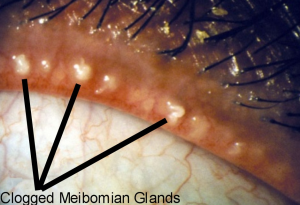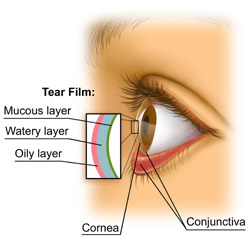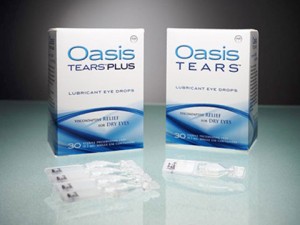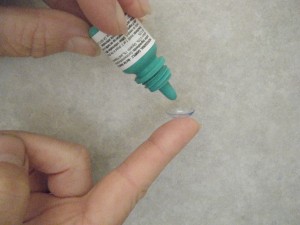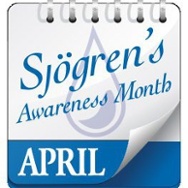 Sjogren’s is an autoimmune disease that affects the entire body. Along with symptoms of extensive dryness, including dry eyes and corneal infections, other serious complications include profound fatigue, chronic pain, major organ involvement, neuropathies and lymphomas.
Sjogren’s is an autoimmune disease that affects the entire body. Along with symptoms of extensive dryness, including dry eyes and corneal infections, other serious complications include profound fatigue, chronic pain, major organ involvement, neuropathies and lymphomas.
Most people with Sjogren’s syndrome are women. It can occur at any age and in any race, but most often shows up after age 40.
The immune system is supposed to fight disease by killing off harmful viruses and bacteria. But with autoimmune diseases, the immune system attacks parts of the body by mistake. In Sjogren’s, the immune system attacks the glands that make tears and saliva. The damage keeps these glands from working properly and causes dry eyes and dry mouth.
Sjogren’s Syndrome is diagnosed with medical history, physical exam, specific eye and mouth tests and blood tests.
Treatment differs by what parts of the body are affected.
Treatment for the eyes includes artificial tears and ointments to protect the surface of the eye. Prescription eye drops such as Restasis and Xiidra suppress ocular inflammation . Punctal occlusion, temporary or permanent, prevent tears from draining from the eye.
Avoiding medications which cause dryness is helpful, this includes cold and allergy medicines, diuretics, some blood pressure pills, some antipsychotic drugs and antidepressants.
It’s natural to worry when you learn you’ve got a chronic condition that requires regular care. Most people with Sjogren’s stay healthy and don’t have serious problems.
For more information, Sjogrens.org


